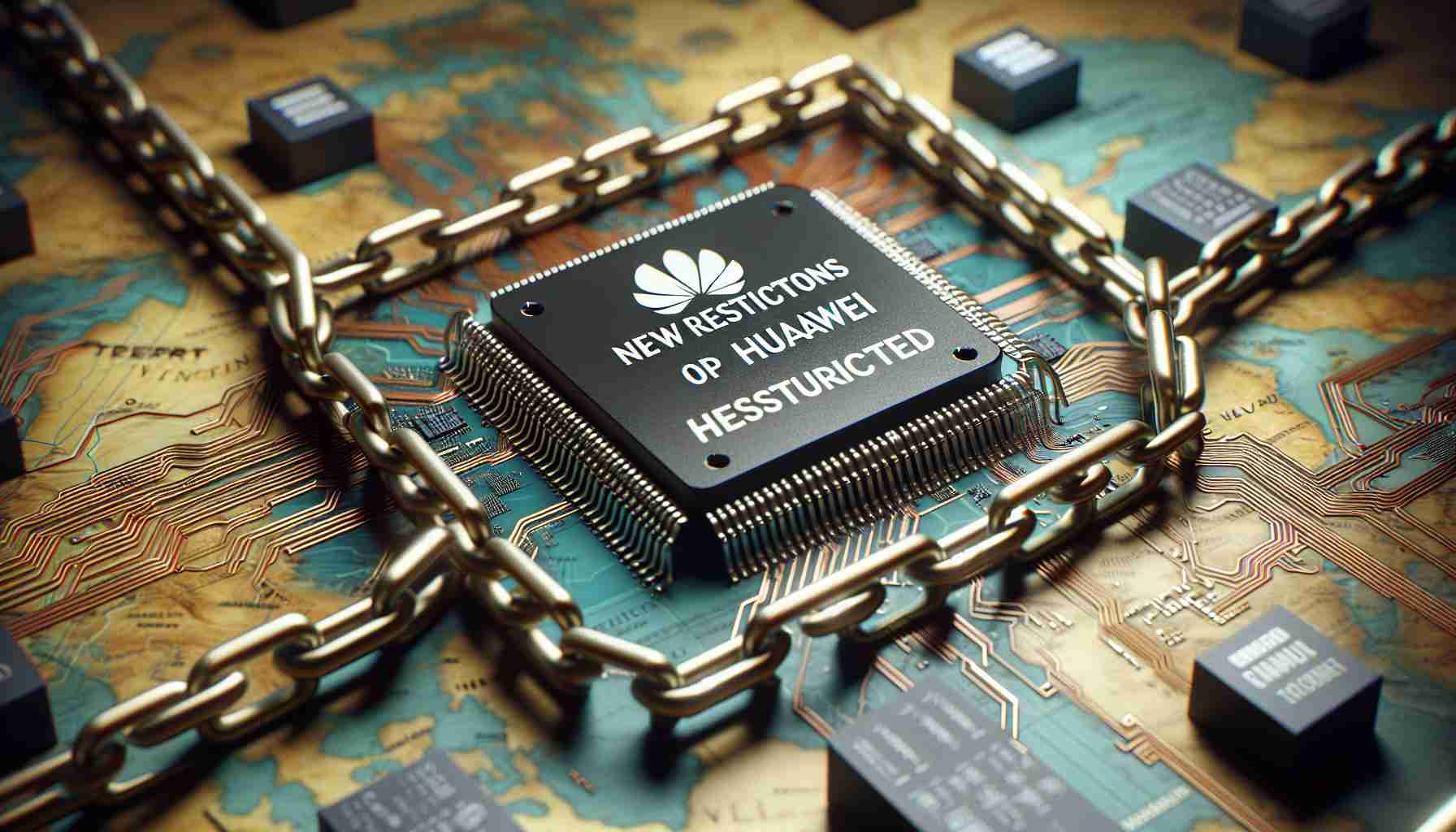The United States Commerce Department has intensified its efforts to curb the flow of advanced semiconductor technology to Huawei, a leading Chinese technology company, by rescinding certain licenses granted to major American chipmakers. This move reflects ongoing concerns over national security and foreign policy interests, with the Department aiming to diminish Huawei’s ability to procure essential components for its personal computing devices.
The new limitations particularly affect Intel and Qualcomm, both of which are significant providers in the semiconductor industry. Intel, amid regaining its footing as a premier chip manufacturer with innovative ultraviolet light manipulation in chip production, has been hit after making waves earlier in the year for powering Huawei’s first AI-enhanced personal computer. Meanwhile, Qualcomm, known for an array of essential smartphone and computer components, also faces constraints under these fresh sanctions.
The extent of the products influenced by these actions is yet to be fully disclosed by U.S. officials. However, it follows a pattern established in previous sanctions where the U.S. barred the Taiwanese semiconductor foundry TSMC from fulfilling orders for Huawei. The emerging narrative demonstrates tightened access to cutting-edge technology, including AI processors and advanced computing chips.
The competition within the chip industry has seen other players like AMD seeking equitable conditions, pressuring for similar access to the Chinese market or for a leveling of the playing field regarding licensing restrictions.
These developments come at a significant time, as Huawei unveils the MateBook X Pro laptop, underscoring the tension between technological advancements and geopolitical maneuvers. The sanctions extend beyond processors, also targeting the machinery necessary for the fabrication of sophisticated semiconductors, where Dutch firm ASML operates a monopoly and is restricted from servicing Chinese firms like SMIC.
Key Questions and Answers:
Q1: Why has the US imposed new restrictions on chip exports to Huawei?
A1: The US has imposed new restrictions on chip exports to Huawei due to concerns over national security and foreign policy interests. The goal is to prevent Huawei from accessing advanced semiconductor technology that could potentially be used in a way that is detrimental to the interests of the United States and its allies.
Q2: How do the new restrictions affect major American chipmakers?
A2: The new restrictions particularly affect companies like Intel and Qualcomm by rescinding certain licenses that allowed them to sell chips and other technology to Huawei. This hampers their ability to do business with Huawei, which has been a significant customer for components essential for personal computing devices.
Q3: What is the broader impact of the US sanctions on the global semiconductor industry?
A3: The broader impact includes disruption in the supply chain, affecting not only Huawei but also semiconductor companies globally. Competitors like AMD may seek a more even playing field, whereas companies like ASML are impacted by restrictions on servicing Chinese firms like SMIC.
Key Challenges or Controversies:
– The challenge of balancing national security with economic interests, given that sales to Huawei constitute a substantial portion of revenue for some chipmakers.
– Controversy arises from concerns over market distortion and the perceived weaponization of trade practices in geopolitical struggles.
Advantages:
– Potential to prevent transfer of sensitive technology that could threaten national security.
– May encourage development of domestic chip industries in the US and allied countries.
Disadvantages:
– Potential loss of revenue for American companies due to the inability to do business with a major market player.
– Retaliation from China could exacerbate tensions and lead to further restrictions.
– Disruption of global supply chains and potential delays in technological advancement.
For further reading on the issue and related topics, you can visit the following external resources:
Please note that these are just suggested links to the main domains of relevant stakeholders and further specific information would need to be searched for within those sites.
